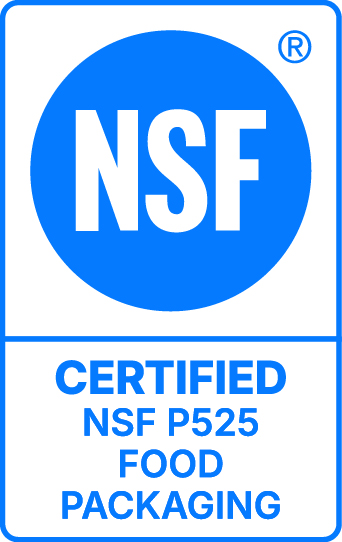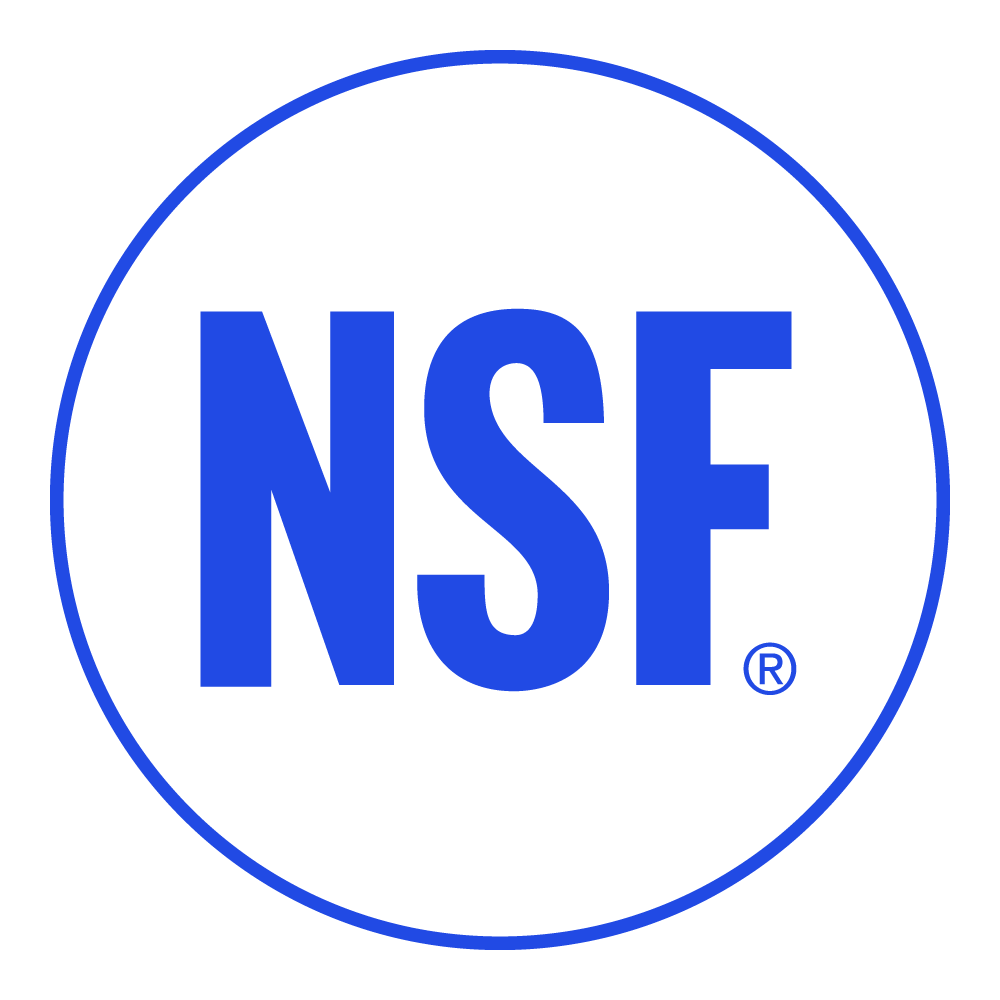NSF Launches New Certification Tackling Toxic Chemicals in Food Packaging
NSF Protocol 525 assesses food contact materials against rigorous, science-based requirements and industry standards, protecting the public and brands
Oxford, UK (September 9, 2025)—NSF, a leading global public health and safety organisation, today launched its newest protocol, NSF P525: Safe Food Packaging (NSF P525). NSF P525 is monumental to address food contact chemicals (FCCs), many of which are carcinogenic, mutagenic and reprotoxic (CMR), endocrine disruptors and bio accumulators. 80 of the known FCCs found in humans are hazardous and negatively affect human health*.
NSF P525 certifies single-use, primary and secondary packaging intended for contact with food and beverages. The certification uses science-based methodology to validate the elimination of chemicals of concern, including Bisphenol A (BPA), per- and polyfluoroalkyl substances (PFAS), heavy metals and phthalates. Certification to NSF P525 demonstrates a food manufacturer’s commitment to improving safety, supports regulatory compliance and grows consumer trust.
“Recent research has underscored the health risks of toxic substances leaching from packaging into food, increasing concerns among both consumers and manufacturers,” said Sam Cole, Director of Food Contact Evaluations, NSF. “When you see the NSF P525: Safe Food Packaging certification mark on food products, you can rest assured that it has been reviewed by independent, third-party technical experts and scientists to help verify limited exposure to chemicals of concern.”
NSF’s Safe Food Packaging protocol was developed with the assistance of a Protocol Development Panel, which included key stakeholders from the food packaging industry, retailers and food manufacturers. For more than 80 years, NSF has been a leader in protocol and standard development.
Certification to NSF P525 is available globally and involves one or more of the following:
- Regulatory compliance: The packaging product is reviewed for compliance with region/country-specific regulations.
- Material migration testing: Food contact materials undergo lab testing using food simulants and a technical review to assess the potential of identified chemicals leaching into food.
- “Free From” claim verification: The packaging material is tested to confirm it is truly “free from” specific chemicals such as BPA, PFAS, phthalates and mineral oil aromatic hydrocarbons (MOAH), and heavy metals such as lead, arsenic, cadmium and mercury.
The new guideline covers a thorough list of packaging types, including bowls, boxes, cans, cartons, clamshells, cups, films, foils, jars, plates, pouches, sachets, trays, tubs, tubes and wrappers. Applicable materials include plastics, paper, glass and ceramics. Once certified, products can display the official “NSF Food Packaging” certification mark on the label and are added to NSF’s public listings.
*Geueke, B., Parkinson, L.V., Groh, K.J. et al. Evidence for widespread human exposure to food contact chemicals. J Expo Sci Environ Epidemiol 35, 330–341 (2025).
Press release distributed by Pressat on behalf of NSF, on Tuesday 9 September, 2025. For more information subscribe and follow https://pressat.co.uk/
Food Packaging PFAS BPA Heavy Metals Food Contact Chemicals FCC's p525 Safe Food Packaging Food & Drink
You just read:
NSF Launches New Certification Tackling Toxic Chemicals in Food Packaging
News from this source:





